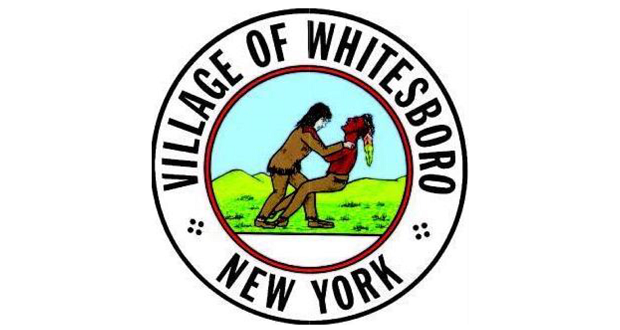
Refreshing. Affirmed. Enlightened. Connected. Together.
These were just some of the words from the hundreds of practitioners across the country, who came together for our “Managing the Toll of Diversity, Equity and Inclusion” public Virtual Learning Lab last week.
Even as we culminate this series on managing the toll of DEI work, this conversation is just beginning. This series is more than a set of blog posts—it’s a movement. As our writers and readers showed us, managing the toll of DEI goes beyond our individual actions; it’s about cultivating a community of change-agents, being honest about and critical of the systems we work in, and revisiting the fundamental principles of our health and well-being that we often put on the back-burner.
When I thought of the toll before this series, I thought about struggle, the mental game, the lack of funding, the systemic barriers, and I felt discouraged even thinking about this seemingly impossible feat. Yet, rarely did I (or my peers in this space) take the intentional and crucial time to think and understand my own triggers or boundaries, as Leigh sprucely suggested. As Mary-Frances suggested in her post about feelings of guilt for acknowledging or showing fatigue, rarely do we challenge the “be strong and push through mentality” that is so ingrained in how we actualize resilience, as I shared in my post. And in a constantly changing and consumer–driven wellness industry, Kevin reminded us to hold ourselves and our organizations accountable to foundations of our health—sleep, food, and physical activity.
The power of virtually coming together last week with hundreds of practitioners to discuss what we can do to thrive in and out of DEI brought to us a new sense of hope. A participant shared with us:
The power of virtually coming together last week to discuss what we can do to thrive in and out of DEI brought to us a new sense of hope. A participant shared with us: “I don’t even have words for how big it was to see I am not… Share on X“I don’t even have words for how big it was to see I am not alone.”
Our “Work” is part of us—part of our being and our lives, intertwined with our identities and our spirits. As Brittany shared, it is crucial to cultivate a robust sense of self to be fully equipped to be our best, most effective selves. And, we often forget that we are not alone. Quite frankly, I can guarantee there are dozens of you implementing parallel initiatives at your companies, schools, and foundations. Your work is valuable, no matter if you are a single CDO at a large company, or a small social justice organization.
Imagine what we could do if we were less siloed in our workspaces—building off of each other’s passions and ideas, using our experiences to empathize and affirm the exhaustion, the frustrations. Why is this space so hard to find? How can we use our greater power as a community of change agents to hold our organizations accountable to walk the DEI walk, and to move beyond just DEI talk?
We are reminded often that our “work” matters, but seldom are we told that we matter, even though we are the reason this work is happening. We are the often few at the organization grappling with job responsibilities that go beyond company doors, into neighborhoods, politics, and history.
We are reminded often that our “work” matters, but seldom are we told that we matter, even though we are the reason this work is happening. Share on XI implore you to continue revisiting these conversations with the communities you are a part of and the communities you continue to create. There is power in community, and each of us is just as necessary, as valuable, and as worthy of time, effort, appreciation, as the DEI work we put in.
There is power in community, and each of us is just as necessary, as valuable, and as worthy of time, effort, appreciation, as the DEI work we put in. Share on XLastly, as one of our Learning Lab participants eloquently stated:
“Sometimes the work is planting the seeds but not seeing the fruit… that’s the hard part, but it’s also necessary.”


















